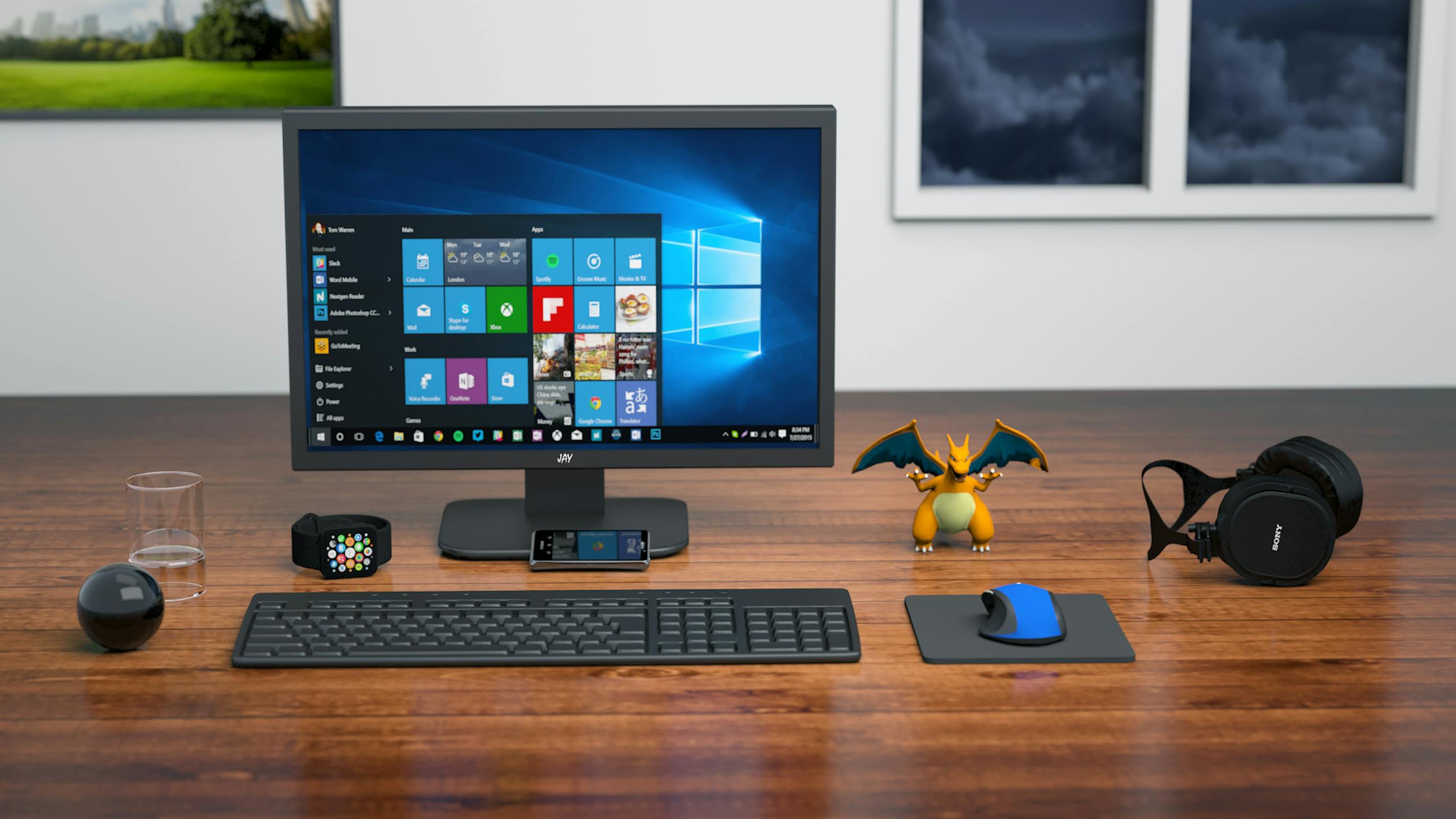Modern PCs are now pretty much synonymous with the internet, and the internet is also associated with a wild world of hackers, threats, and scams. If you know what it’s like to deal with a PC that’s in trouble because of a lack of security, you likely never want to experience it again. Even if you haven’t yet had to deal, you’ll have a much better chance of keeping your PC secure if you follow these tips.
Choose the right operating system
Choose an operating system based on its security and vulnerability (Linux has no known active viruses in the wild, OpenBSD is focused on security). Find out if it uses limited user accounts, all files permissions and is regularly updated. Make sure you update your operating system with security updates and update your other software too.
Choose the right web browser
Choose a web browser based on its security and vulnerabilities because most malware will come through via your web browser. Disable scripts too (NoScript, Privoxy and Proxomitron can do this). Look at what independent computer security analysts (such as US-CERT) and crackers (similar to hackers) say, Google Chrome is more secure and has a sandbox feature so it would be more difficult to compromise the system and spread the infection.
Use strong passwords
When setting up PC, use strong passwords in your user account, router account etc. Hackers may use dictionary attacks and brute force attacks. Always remember to use strong passwords for your online accounts too.
Use trusted sources
Always use trusted sources. When downloading software (including antivirus software), get it from a trusted source (softpedia, snapfiles, tucows, fileplanet, betanews, sourceforge) or your repository if you are using Linux.
Install good antivirus software
Install good antivirus software (particularly if you use P2P). Antivirus software is designed to deal with modern malware including viruses, trojans, keyloggers, rootkits, and worms. Find out if your antivirus offers real-time scanning, on-access or on-demand. Also find out if it is heuristic. Avast and AVG are very good free editions. Choose one, download and install it and scan regularly. Keep your virus definitions up to date by updating regularly.
Download antimalwares
Download and install software to deal with spyware such as Spybot “Search and Destroy”, “HijackThis” or “Ad-aware” and scan regularly. We can’t state this enough – you need to run a good anti spyware and anti malware program like Spybot if you search the web at all. Many websites out there exploit weaknesses and holes in the security of Microsoft Explorer and will place malicious code on your computer without you knowing about it until its too late!
Download and install a firewall
Download and install a firewall. Either “ZoneAlarm” or “Comodo Firewall” (Kerio, WinRoute or Linux comes with iptables). If you use a router, this gives an added layer of security by acting as a hardware firewall.
Close all ports
Close all ports. Hackers use port scanning because ports can be vulnerable too sometimes (Ubuntu Linux has all ports closed by default).
Perform Penetration Testing
Perform Penetration Testing. Start with ping, then run a simple nmap scan. Backtrack Linux will also be useful.
Secure physical security
Don’t forget to think in terms of physical security! Consider something like a Kensington lock (in case of theft/unauthorized access). Also setting a BIOS password and preventing access to your machine or its removable devices (USB, CD drive etc.). Don’t use an external hard drive or USB device for important data, these represent another vulnerability, as they are easier to steal/lose.
Encryption can be effective against theft. Encrypt at least your entire user account rather than just a few files. It can affect performance but can prove worth it. Truecrypt works on Windows, OS X, Linux, FreeOTFE works on Windows and Linux. In OS X (10.3 or later) System Preferences Security, click FileVault (this can take minutes to hours). In Linux Ubuntu (9.04 or later) installation Step 5 of 6 choose “Require my password to login and decrypt my home folder”. This uses “ecryptfs”.
Got ideas and tips that can help in keeping PCs secure? Care to share? Kindly drop us a line in the comments section!


